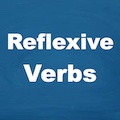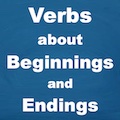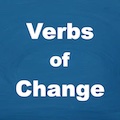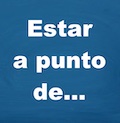Welcome 😊 to our grammar lesson on how to choose between ser and estar in Spanish.
Both verbs mean “to be”. But we use them in different types of sentences.
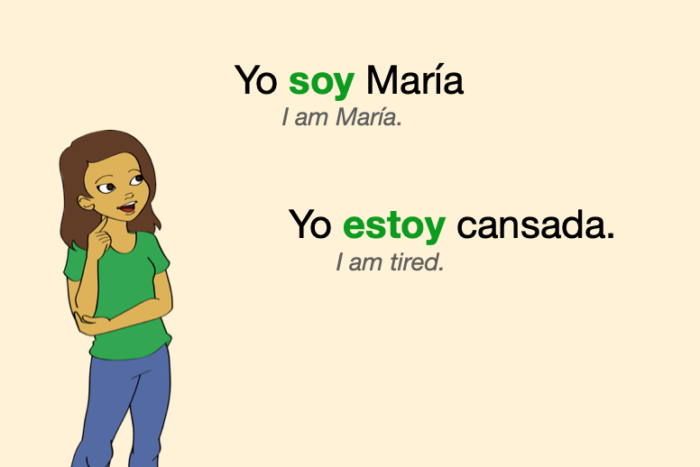
By the end of this lesson, you will be able to choose between “ser” and “estar” and use the right verb for each sentence.
You will also find a Quiz and Exercises to practice.
“ser” and “estar” in Present Tense
Before we learn the different uses of “ser” and “estar”, let’s review their conjugations in Present Tense:
| ser | estar | |
|---|---|---|
| yo | soy | estoy |
| tú | eres | estás |
| él | es | está |
| nosotros | somos | estamos |
| vosotros | sois | estáis |
| ellos | son | están |
Uses of “ser”
ser means “to be”. In general we use it for permanent things (things that don’t change).
That idea is a good start, but it doesn’t always work. The Spanish student should learn the main uses of “ser”, one by one.
There is a trick to remember the main uses of “ser” – Their initials make the word DOCTOR:
- Date
- Occupation
- Characteristic
- Time
- Origin
- Relation
Let’s read some examples:
Date
Hoy es quince de abril.
Today is April 15th.Mañana es mi cumpleaños.
Tomorrow is my birthday.
Occupation
Mi hermano es arquitecto.
My brother is an architect.María y Laura son artistas.
Maria and Laura are artists.
Note: For occupations, we don’t use any article after ser. We don’t say “mi hermano es un arquitecto”, but simply “mi hermano es arquitecto”.
Characteristic
Characteristics tend to be permanent:
Tu sofá es rojo.
Your sofa is red.Los españoles son simpáticos.
Spaniards are nice.
Time of the day
Son las nueve de la mañana.
It’s 9 a.m.Es la una de la tarde.
It’s 1 p.m.
Origin
Telling where someone (or something) is from:
Nuestro profesor es de Colombia.
Our teacher is from Colombia.Mi amigo y yo somos americanos.
My friend and I are Americans.
Relation
Relations between people and/or things:
Juan y María son primos.
Juan and Maria are cousins.El ordenador es de Ana.
The computer belongs to Ana.
Uses of “estar”
estar also means “to be”. In general we use it for temporary things (things that change), and also to express location.
That idea is a good start, but it doesn’t always work. The Spanish student should learn the main uses of “estar”, one by one.
The trick for the main uses of “estar” – Their initials make the word PLACE:
- Position
- Location
- Action
- Condition
- Emotion
Let’s read some examples:
Position, Location
Telling where someone or something is, as well as its position.
Here we use estar even when the position or location is permanent:
El alumno está de pie.
The pupil is standing up. (position)Nosotros estamos sentados.
We are sitting. (position)La televisión está sobre la mesa.
The TV is on the table. (location)Madrid está en el centro de España.
Madrid is in the center of Spain. (location, so we use “estar” even though in this case it is permanent)
Action
By combining estar with the Gerundio of a verb, we form a tense called Present Progressive to express what’s going on:
Yo estoy estudiando para el examen.
I am studying for the test.¿Estáis jugando?
Are you guys playing?
Condition
Conditions tend to be temporary:
La radio está rota.
The radio is broken.Estoy enfermo.
I am sick.
Emotion
Emotions are also temporary:
Yo estoy muy contento.
I’m very happy (at the moment).Alejandro está enfadado con sus amigos.
Alejandro is angry with his friends.
Practice
Quiz
Take this short Quiz about “ser” vs “estar”:
Exercise 1
Complete the conjugations of “ser” and “estar” in Present Tense with the missing forms. Click on the gray spaces to see the solutions:
| ser | estar | |
|---|---|---|
| yo | soy | estoy |
| tú | eres | estás |
| él | es | está |
| nosotros | somos | estamos |
| vosotros | sois | estáis |
| ellos | son | están |
Exercise 2
In the following sentences, fill the gaps choosing between “ser” and “estar”.
1) Mi casa está en este barrio.
My house is in this neighborhood.
2) Las mesas son grandes.
The tables are big.
3) ¿Qué estás haciendo, Carmen?
What are you doing, Carmen?
4) Mañana es 20 de abril.
Tomorrow is April 20th.
5) Nosotros estamos buscando una farmacia.
We are looking for a pharmacy.
6) La habitación está sucia hoy.
The room is dirty today.
Exercise 3
More sentences!:
1) Yo soy Alberto.
I am Alberto.
2) Nuestro coche es pequeño.
Our car is small.
3) Mis padres son profesores.
My parents are teachers.4) Nosotros estamos cansados.
We are tired.
5) La Habana está en Cuba.
Havana is in Cuba.
6) Las raquetas son de Luis.
The rackets belong to Luis.
Exercise 4
Even more sentences!
1) Los niños están jugando al fútbol.
The children are playing soccer.
2) Hoy es 10 de junio.
Today is June 10.
3) La nueva alumna es de México.
The new student is from Mexico.
4) Vosotros estáis tumbados.
You guys are lying down.
5) Yo estoy entusiasmado con la fiesta.
I am excited about the party.
6) Ahora son las diez de la noche.
It is now ten o’clock at night.


